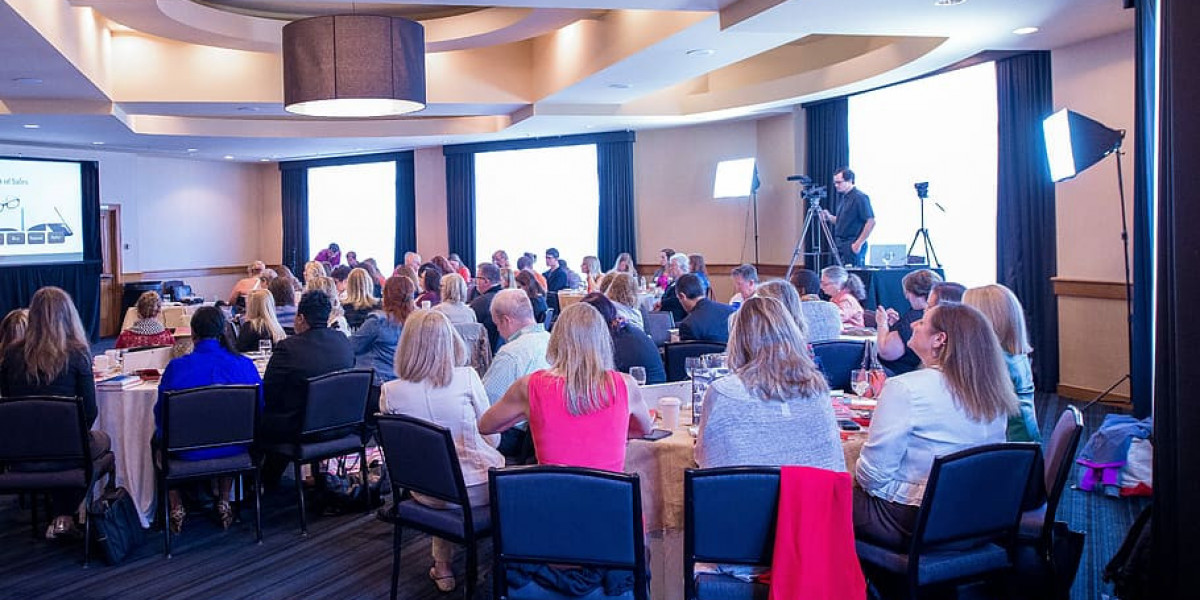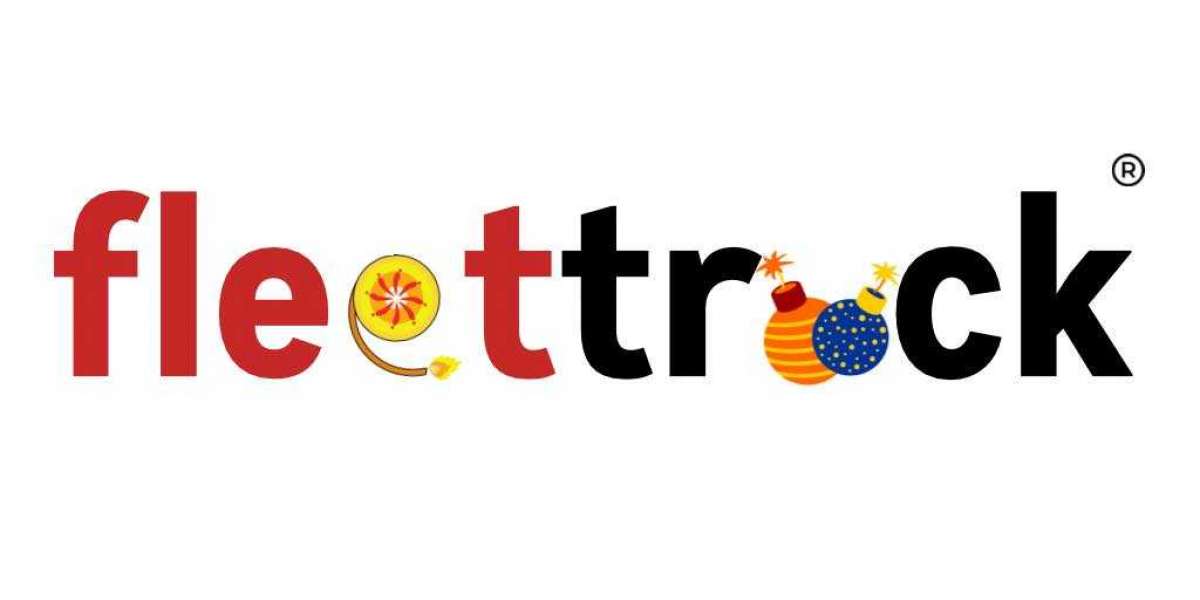Trade shows are an excellent opportunity for businesses to showcase their products, network with industry peers, and generate leads. However, with many companies competing for attention, effective trade show marketing is crucial. Here are 11 practical trade show marketing strategies to help you stand out and achieve success at your next trade show.
1. Set Clear Goals
Before planning your marketing strategy, define your objectives. Are you looking to generate leads, increase brand awareness, or launch a new product? Clear goals will guide your marketing efforts and help you measure success.
2. Design an Eye-Catching Booth
Your booth is the focal point of your presence at the trade show. Invest in a professional, visually appealing design that reflects your brand. Use bright colors, clear signage, and interactive elements to attract attendees.
3. Promote Your Presence in Advance
Start promoting your participation well before the event. Use your website, social media, and email marketing to inform your audience about your trade show presence. Highlight what they can expect and any special activities or promotions you’ll be offering.
4. Engage on Social Media
Utilize social media platforms to create buzz around your trade show participation. Share behind-the-scenes content, teaser videos, and countdowns. Use event-specific hashtags and engage with the event organizers and other participants to increase visibility.
5. Offer Incentives and Giveaways
Attract visitors to your booth by offering incentives such as giveaways, discounts, or exclusive offers. People love free stuff, and a well-chosen giveaway can draw crowds. Ensure that the items you give away are branded and relevant to your business.
6. Host Live Demonstrations
Live demonstrations are a great way to showcase your products and engage with attendees. Schedule regular demos and advertise the times in advance. A compelling demonstration can draw a crowd and provide a memorable experience for attendees.
7. Use Interactive Elements
Incorporate interactive elements into your booth, such as touch screens, virtual reality experiences, or games. These elements can make your booth more engaging and memorable, encouraging attendees to spend more time with your brand.
8. Collect Contact Information
Ensure you have a system in place to collect contact information from visitors. Use sign-up sheets, business card collections, or digital forms. Follow up with leads promptly after the event to convert interest into actionable business opportunities.
9. Network with Other Exhibitors
Trade shows are not only about meeting potential customers but also about networking with other exhibitors. Building relationships with other businesses can lead to valuable partnerships and collaborations in the future.
10. Utilize Paid Advertising
Consider investing in paid advertising options provided by the trade show organizers, such as sponsorships, banner ads, or premium listings in the event directory. This can increase your visibility and attract more attendees to your booth.
11. Follow Up After the Event
Your marketing efforts shouldn’t stop when the trade show ends. Follow up with the contacts you made during the event through personalized emails or phone calls. Thank them for visiting your booth, provide additional information, and keep the conversation going.
Conclusion
Effective trade show marketing involves careful planning and execution before, during, and after the event. By setting clear goals, creating an attractive booth, engaging with attendees, and following up diligently, you can maximize your trade show success. These 11 strategies will help you make a lasting impression and achieve your trade show objectives. Start planning early, stay consistent in your efforts, and watch your trade show participation pay off.








